Art is a valuable medium for exploring our world and expressing creativity, and the inclusion of animal subjects creates endless possibilities for the stories and ideas we can portray. By delving into the art of zoo cat, we embark on a journey to gain a better understanding of the feline world and develop techniques to bring these captivating creatures to life in our illustrations. As a child, taking steps toward mastering basic knowledge in animal art can benefit your artistic development and increase your appreciation for the diversity of our natural world.
Understanding Animal Anatomy
In the world of art, accurately representing animals can be a challenging task without a proper understanding of their anatomy. One popular subject among many artists is the domestic cat, which is often featured in various forms of artwork such as drawings, paintings, and sculptures.To create visually convincing and realistic depictions of cats, it is essential to learn about their basic structure and anatomy. Studying the proportions, joints, and muscle structure of cats can serve as a solid foundation for budding artists to create more compelling and lifelike results in their artistic endeavors.To start, it is crucial to understand the skeletal structure of cats. This provides a framework for developing the shape and form of the animal. Cats have a flexible spine, which allows for their agility and distinctive movement patterns. Observing the shape and arrangement of bones is essential to accurately portray a cat’s posture and movement in your art. A helpful practice is to compare a cat’s anatomy with that of other animals, such as dogs or horses. This can help with distinguishing the unique characteristics of the feline form and make it easier to identify the key features that make cats distinct.In addition to studying bones, it is equally important to examine the muscles and body proportions of cats. Knowing the major muscle groups and how they interact with the skeleton is crucial for creating depth and realistic contours in your art. Observe the placement, shape, and size of muscles in different areas of the body, as this will help you gain a better understanding of the underlying structure that gives a cat its form. When drawing or sculpting, being aware of body proportions can also aid in creating a balanced, harmonious composition.Apart from the internal anatomy, artists should also pay close attention to the external features of cats including the fur, ears, eyes, and whiskers. These elements give a cat its unique appearance and contribute to its personality in the artwork. Observing the texture and patterns of a cat’s fur can provide valuable insight into creating a realistic depiction of this creature. Similarly, focusing on the eyes and facial expressions can help bring a sense of emotion and life to the art piece.Understanding various cat breeds and their distinct physical attributes is crucial for any young artist looking to create realistic feline drawings. Each breed possesses unique features such as fur length, color patterns, and body shape, which can serve as inspiration for your work and help you develop individual artistic interpretations of the feline form. As you continue to gain insight into the anatomy of cats, your ability to accurately represent them in your art will improve, providing you with new opportunities for growth and exploration.
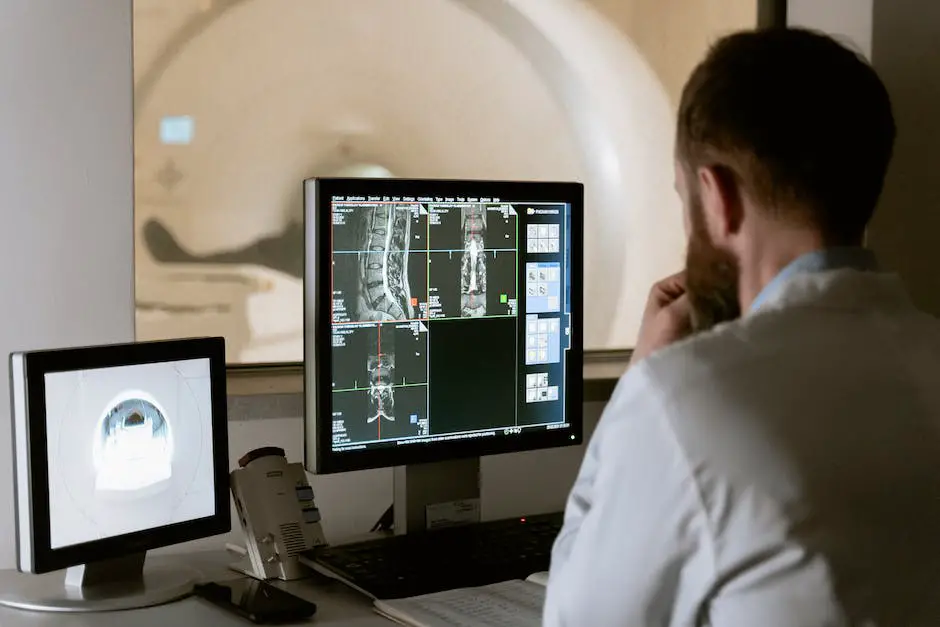
Basic Drawing Techniques
Drawing is a fundamental skill that young artists often need to develop and master. Not only does it form the foundation for many creative pursuits, but it’s also an enjoyable and rewarding activity. To accurately portray animals like zoo cats, familiarizing yourself with and practicing essential drawing techniques is key.
Creating a realistic and engaging drawing of a zoo cat starts with mastering lines and shapes. Lines are the building blocks of all drawings, and their use can help to create the illusion of fur, whiskers, and various facial features. Using a variety of line thicknesses and curves can help bring your cat to life, while shapes provide the structure of the animal’s body. Start by sketching simple geometric shapes that represent the different parts of a zoo cat: a circle for the head, an oval for the body, and rectangles for the legs. As you progress, begin to refine the shapes and lines to add detail and dimension.
Once you have the basic shapes and lines down, it is important to consider form when drawing a zoo cat. Form is the three-dimensional appearance of an object. In order to create the illusion of depth and solidity, study the way light and shadow interact with the cat’s fur and facial structures. This is achieved through a technique known as shading, where varying degrees of darkness are applied to different parts of the drawing to create a sense of depth and volume. By observing and practicing shading techniques, your zoo cat will begin to look more lifelike and have a greater sense of presence on the page.
Texture is another critical element in capturing the unique look and feel of a particular animal, especially when it comes to zoo cats. Each breed of cat has unique fur patterns, and these patterns play a significant role in how the cat is perceived and rendered in a drawing. To recreate these textures accurately, examine images of zoo cats and practice recreating their fur patterns with a combination of line work and shading. This can involve quick, short strokes for short fur or smooth, flowing lines for longer fur patterns.
Lastly, do not forget the importance of color and value in your drawings of zoo cats. Value refers to the lightness or darkness of a color and plays a crucial role in adding depth and realism to your drawing. Study the colors found on different zoo cats and experiment with color mixing, layering, and shading to achieve the correct values for each part of the animal’s body. This can enhance the lifelike quality of your drawing and further your ability to capture the beauty of these fascinating creatures.
As a young art enthusiast, it’s important to know that practice and patience are essential when learning how to draw zoo cats or any other subjects. By dedicating time and effort, you will gradually improve your artistic abilities and eventually create stunning and realistic portrayals of zoo cats, showcasing their unique beauty and charm.
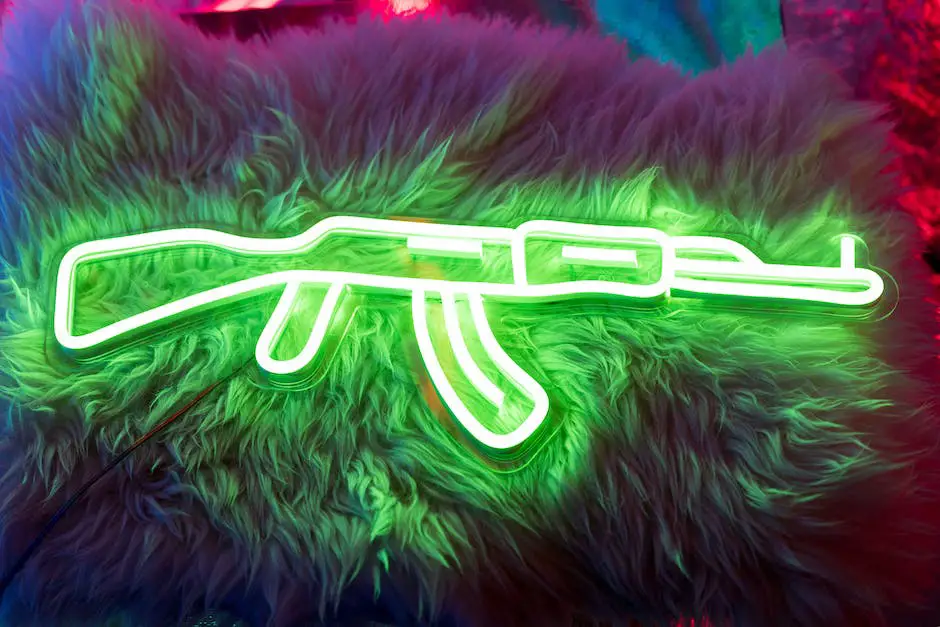
Creating Animal Characters
One fundamental aspect of creating captivating animal characters, like those seen in zoo cat art, is starting with basic shapes. Using simple shapes, such as circles, squares, and triangles, helps form a strong foundation for more intricate designs. These shapes aid in constructing the character’s overall structure while guiding the proportions of different features. By beginning with basic shapes, artists can effortlessly visualize their character’s framework, making it easier to add details and refine the design.When creating animal characters, such as those found in art of zoo cat, it’s essential to consider the unique characteristics of the animal species being depicted. Each species has distinct features that set it apart from others, such as fur patterns, ear shapes, or tail types. By incorporating these distinguishing elements into the character design, artists can ensure that their creations are both recognizable and true to the animal that inspired them. Researching the anatomy and natural appearance of the chosen species will aid in understanding these key features and creating authentic characters.Building an emotional connection between your character and the audience is important, and one way to do that is by designing expressive facial features. Simple shapes and lines can also be utilized to create emotion in an animal character’s face. For example, curved lines can often convey a sense of happiness or contentment, while sharper, angular lines may evoke feelings of tension or aggression. Similarly, the positioning of the eyes and eyebrows can communicate a wide range of emotions, from curiosity to surprise. These visual cues are important in engaging the audience and bringing a sense of relatability to the character.Another technique for crafting appealing animal characters in the world of zoo cat art is to experiment with color and texture. Colors can serve a variety of purposes in character design, such as evoking certain moods, representing specific personality traits, or even acting as an indicator of the character’s role within a story. By selecting colors and patterns that are true to the animal’s real-life appearance or based on artistic license, artists can create a striking visual impact with their character designs. Additionally, incorporating various textures, such as fur or scales, can add dimension and depth to an animal character.When creating animal characters, it’s crucial to consider the role of movement and body language as a way to convey their story. For instance, in the art of zoo cats, this can involve portraying a cat lounging in the sun, getting ready to pounce, or playfully interacting with an object or another character. By studying the natural behaviors of the species and incorporating them into the character design, artists can bring a more dynamic, engaging, and authentic feel to their representation of animal characters.
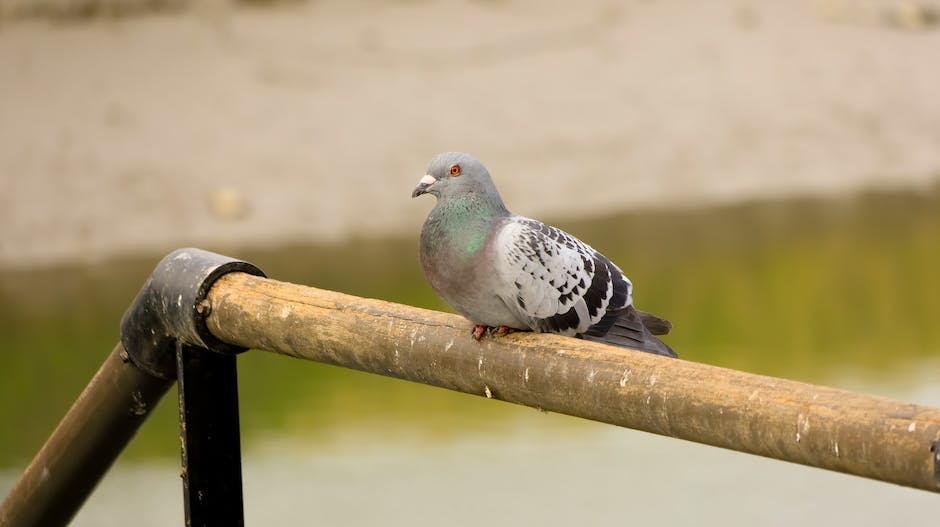
Using Color in Animal Illustrations
Color also plays a significant role in bringing zoo cat illustrations to life. A solid understanding of color theory is essential to capture the true essence of these animals. Color theory is based on three primary colors: red, blue, and yellow. By combining these primary colors, secondary colors – orange, green, and violet – can be created, along with various shades, tints, and tones. By applying color theory to your zoo cat artwork, you’ll be able to accurately represent their natural fur colors and create a visually appealing piece.Blending is a technique used in art to seamlessly merge one color with another, creating a smooth transition that captures the natural gradation of colors seen in zoo cats’ fur. This technique is particularly important when working with an area in the illustration that features multiple colors, such as the transition between the main body color and the various stripes or spots present on the fur. To blend successfully, start by applying the two colors you want to mix side by side. Then, using a clean brush or your fingers (depending on the medium you are using), gently push the colors together at their meeting point. With practice, this technique will allow you to achieve the smooth and realistic transitions necessary in your zoo cat illustrations.Layering is another major technique that can be utilized when working with animal illustrations, specifically in creating depth, texture, and complexity in your piece. For example, when illustrating the fur of a zoo cat, it is essential to apply various layers of color to replicate the depth and texture you find in real-life fur. Begin by establishing an underpainting or base layer, consisting of the base color with some shading to represent the darkness within the fur. Once this base layer is complete, work on adding fur detail by applying subsequent layers of lighter and darker colors that mimic the natural variation seen in a zoo cat’s fur.Experimenting with various color schemes can also greatly enhance your zoo cat illustrations. Occasionally, you may decide to take creative liberties and represent your subject in a more stylized or abstract manner. In such cases, you can choose a complementary or analogous color scheme, which involves using colors that are either opposite or next to each other on the color wheel, respectively. For example, a complementary color scheme may feature the primary color of the cat’s fur against a background of its opposite color, creating high contrast and visual interest. In contrast, an analogous color scheme may involve using a range of colors adjacent to the primary color, resulting in a harmonious and visually pleasing composition.In order to create captivating and accurate illustrations of zoo cats, it’s crucial to consider the overall atmosphere and mood you wish to convey through your art. Bold, saturated colors can evoke a sense of energy and liveliness, while muted tones might suggest tranquility or a more somber feeling. As you work on your zoo cat illustration, pay close attention to these aspects to ensure that the colors you choose effectively communicate the intended message to your audience. By understanding and implementing color theory and various coloring techniques, your animal illustrations will captivate viewers and remain true to the beauty of your zoo cat subjects.
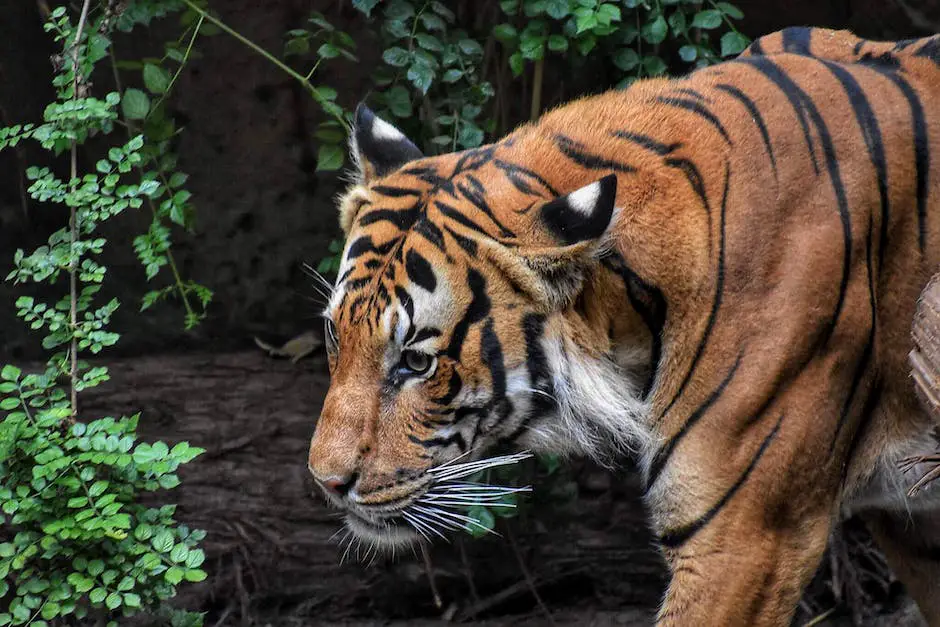
Art Styles and Techniques
Art styles and techniques play a significant role in bringing a piece of art to life, and they are critical when it comes to creating captivating zoo cat illustrations. For instance, the realistic style can be particularly impactful for showcasing the beauty and majesty of various cat species found in zoos, such as lions, tigers, and leopards. This style aims to present the subject matter in a way that is true to life, with artists attempting to capture the intricate details of the zoo cat’s fur, eyes, and other features. By combining the chosen art style with appropriate colors and techniques, you can create a cohesive and visually appealing representation of your zoo cat subject.
Semi-realistic or stylized art techniques might better suit some artists’ preferences for the art of zoo cat. This style is characterized by its combination of realistic elements with some degree of exaggeration or distortion. For example, a semi-realistic depiction of a zoo cat could include accurate proportions for most of the anatomy but with more expressive eyes, elongated limbs, or bolder colors to create an overall emotional impact. This unique blend of realism and creativity allows artists to give the zoo cats more unique and captivating personalities while still staying true to the elegance of these feline creatures.
Cartoon styles provide yet another option for artists to explore art of zoo cat. This technique is all about simplification and exaggeration, often rendering the subjects in a cute, funny, or whimsical way. As such, cartoon styles offer artists more freedom to experiment with different shapes, colors, and expressions for the zoo cat. The zoo cat drawn in this style might feature oversized eyes or paws, simplified fur patterns, and more vibrant colors than what would be seen in a realistic or semi-realistic depiction. Cartoon styles can be a fun and engaging way to showcase zoo cats in a more lighthearted manner, appealing to an audience of all ages.
Another technique that artists can explore when creating art of zoo cat is the use of various mediums and textures. Watercolor, for instance, is well-suited for creating soft and fluid textures that can enhance the appearance of the cat’s fur or surroundings. Oil paints, on the other hand, can provide a richer and more saturated look, adding a sense of depth and dimension to the artwork. Digital art also opens up endless possibilities for artists to experiment with different styles, colors, and effects, allowing them to push their creativity even further.
Using mixed media, such as collage or incorporating found objects, can help artists break away from traditional painting or drawing mediums while illustrating zoo cats. By experimenting with materials like fabric, paper, or even cat toys, the artwork can gain an interactive and tactile quality. This not only highlights the playful nature that cats are known for, but also encourages a closer examination of the artwork and its materials. Through careful exploration of various art styles, techniques, and mediums, the art of zoo cat can be brought to life in numerous unique and captivating ways.

Storyboarding and Composition
Storyboarding, a technique commonly employed in creative fields like filmmaking, animation, and illustration, can be employed to visually plan out a story or concept for art featuring zoo cats. This process involves sketching scenes with the cat and its environment in a way that forms a coherent narrative. It allows artists to better understand how their illustrations will flow together while ensuring that the story remains engaging and easy to follow. By combining mixed media approaches and storyboarding, artists can create captivating and interactive depictions of zoo cats and their environments.
Just as important as the subject matter, such as the zoo cat, is the composition of each scene in the storyboarding process. This means determining how the different elements in the illustration, from the cat to the background, will be arranged to tell the story effectively.
Composition is a vital aspect of producing captivating artwork, and it can be especially impactful when telling a story through illustrations like art of zoo cat. To achieve a well-balanced composition, artists must consider the cat’s size and placement in relation to other elements in the scene. For example, if the zoo cat is the focal point, the artist may choose to make it larger or place it in the center of the frame. In addition, the composition should guide the viewer’s eye through the scene, using line, shape, and color to build a sense of movement and narrative.
Achieving a successful composition in the art of zoo cat may require the use of a few key techniques. One such method is the rule of thirds, which involves dividing the illustration into nine equal sections and placing the cat and other important elements along the intersecting lines. This helps to create a balanced and visually appealing arrangement. Another technique is the use of negative space to emphasize the cat and the story being told. By intentionally leaving some areas of the illustration empty, the artist can highlight the importance of the cat and its environment as well as control the viewer’s focus.
In addition to these methods, artists can experiment with different visual strategies to convey a unique and captivating story about the zoo cat. For example, they may play with perspective and point-of-view to create a sense of depth, shifting from up-close views of the cat’s face to bird’s-eye perspectives of the entire zoo scene. Similarly, the use of light and shadow can add atmosphere and emotion to the illustrations, suggesting different times of day, moods, or settings for the zoo cat’s surroundings.
Including other characters and elements in the composition can also contribute to the richness of the story. For instance, the artist could incorporate various animals native to the zoo and their interactions with the zoo cat. Exploring different environments, such as indoor enclosures or outdoor habitats, can provide new opportunities for visual storytelling and deepen the viewer’s understanding of the cat’s life in the zoo. Throughout this process, refining and iterating on storyboards will help the artist hone their skills in composition and storytelling, ultimately resulting in compelling artwork and a captivating narrative for their zoo cat’s adventures.
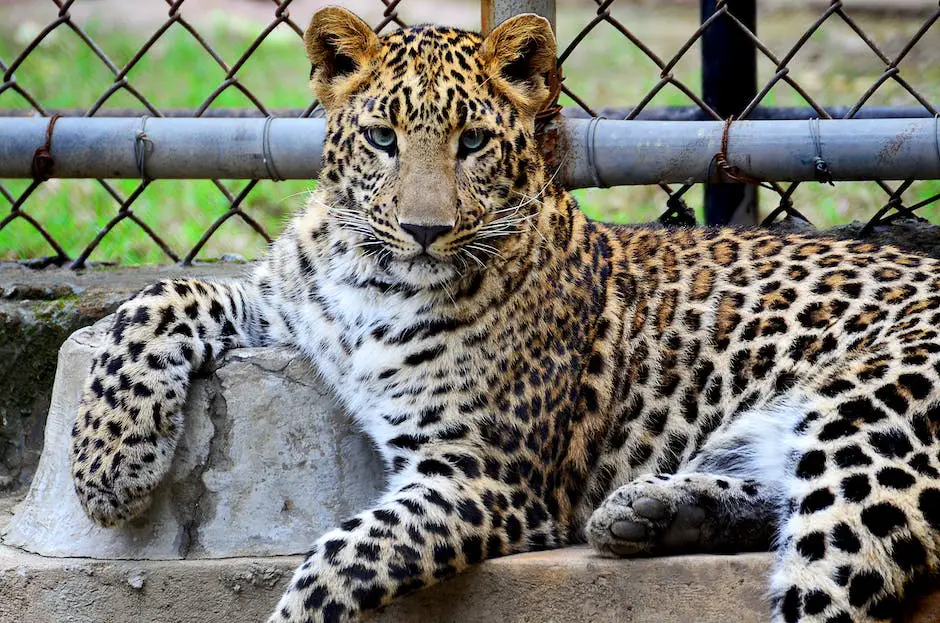
Digital Tools and Programs for Art
One digital tool that can greatly assist in bringing these artistic visions to life is Adobe Photoshop. Widely used by artists, Photoshop offers powerful image editing and manipulation features that can be used to enhance and add life to your zoo cat illustrations. The pen tool, selection tools, layers, and blending modes are just a few of the options available to create intricate, realistic pieces. By practicing and mastering these features, artists can create intricate fur textures, vibrant color schemes, and realistic lighting effects, truly capturing the essence of the zoo cat and making the artwork seamlessly flow throughout the story.
Another popular digital art program is Procreate, available for iPad, which offers a wide range of brushes and customizable settings that allow you to create zoo cat art with ease.
By choosing the right brush settings and experimenting with blending modes, you can achieve various effects, like capturing the softness of a cat’s fur or the shine on their eyes.
Additionally, Procreate has a user-friendly interface that makes it easy to experiment with different techniques and find new ways of expressing your creativity through zoo cat art.
A third digital tool that can be helpful when creating zoo cat art is Corel Painter.
This program is specifically designed for digital painting and offers numerous tools and techniques for creating realistic-looking zoo cat art.
It comes with a wide range of brushes, including different types of fur brushes that simulate the look of real animal fur.
By exploring different brushes and learning to control their settings, you can create unique and captivating zoo cat art pieces.
Utilizing reference photos of real cats can help you study their anatomy and color patterns, allowing you to create more accurate and lifelike depictions.
Digital sculpting programs, such as ZBrush or Blender, can be used for creating detailed, three-dimensional zoo cat models.
These programs allow you to build and manipulate 3D objects, which can then be rendered into 2D digital images or even 3D printed.
By learning to sculpt in a digital environment, you can create lifelike zoo cat models that can be posed and rendered from any angle, giving you full control over your compositions.
This can lead to more dynamic and engaging presentations of your zoo cat art.
In conclusion, there are various digital tools and programs available for creating captivating zoo cat art.
By familiarizing yourself with their functionalities and mastering techniques like fur rendering and color blending, you can enhance your art skills and create unique and visually appealing zoo cat art pieces.
These programs, combined with your creativity and practice, can allow you to bring your zoo cat visions to life in the digital realm.
Explore different programs, experiment with their features, and let your passion for zoo cat art shine through.
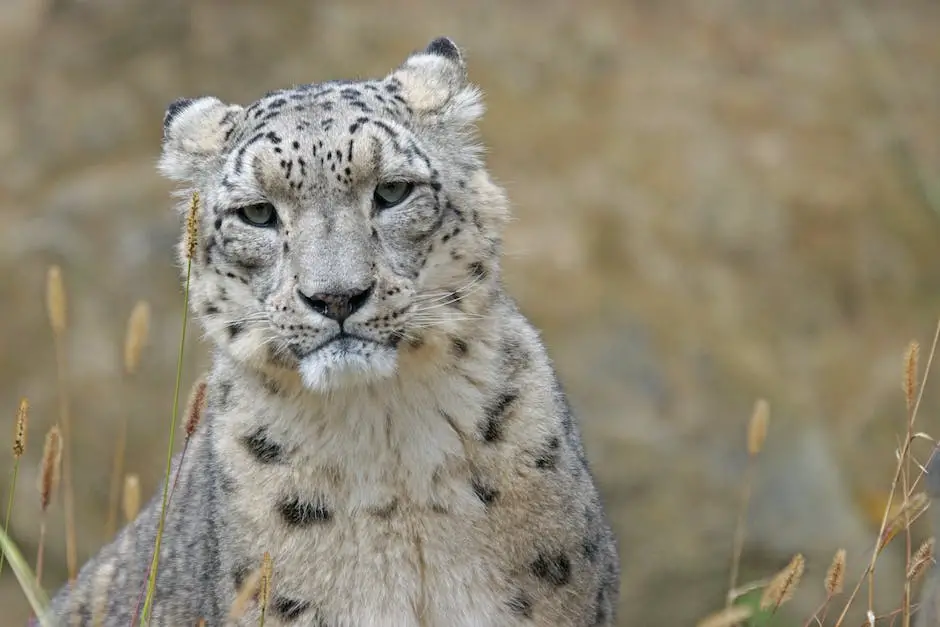
Through this exploration of animal art, focusing on zoo cats, and the various aspects associated with it, you are building a strong foundation for your artistic journey. By applying the knowledge you have gained about anatomy, drawing techniques, character creation, color application, various art styles, composition, and digital tools, you will be prepared to create dynamic and engaging art to share your stories and interpretations about these fascinating creatures. Embrace your creativity, and let the world of animal art inspire you to continue learning and growing as an artist.
